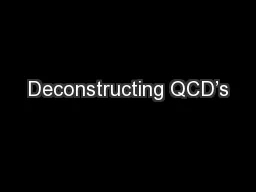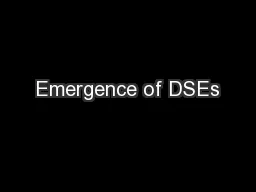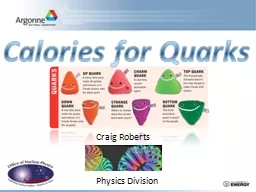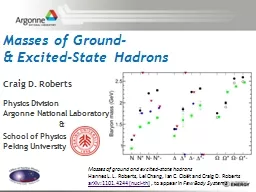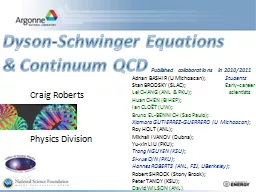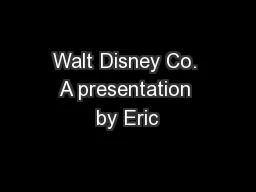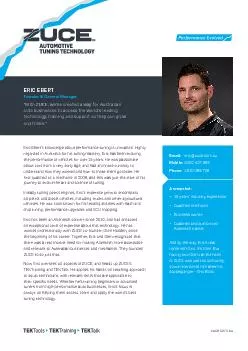PPT-Methods Eric Roberts CS 106A
Author : alexa-scheidler | Published Date : 2019-06-29
January 20 2016 Once upon a time David Parnas David Parnas is Professor of Computer Science at Limerick University in Ireland where he directs the Software Quality
Presentation Embed Code
Download Presentation
Download Presentation The PPT/PDF document "Methods Eric Roberts CS 106A" is the property of its rightful owner. Permission is granted to download and print the materials on this website for personal, non-commercial use only, and to display it on your personal computer provided you do not modify the materials and that you retain all copyright notices contained in the materials. By downloading content from our website, you accept the terms of this agreement.
Methods Eric Roberts CS 106A: Transcript
Download Rules Of Document
"Methods Eric Roberts CS 106A"The content belongs to its owner. You may download and print it for personal use, without modification, and keep all copyright notices. By downloading, you agree to these terms.
Related Documents


